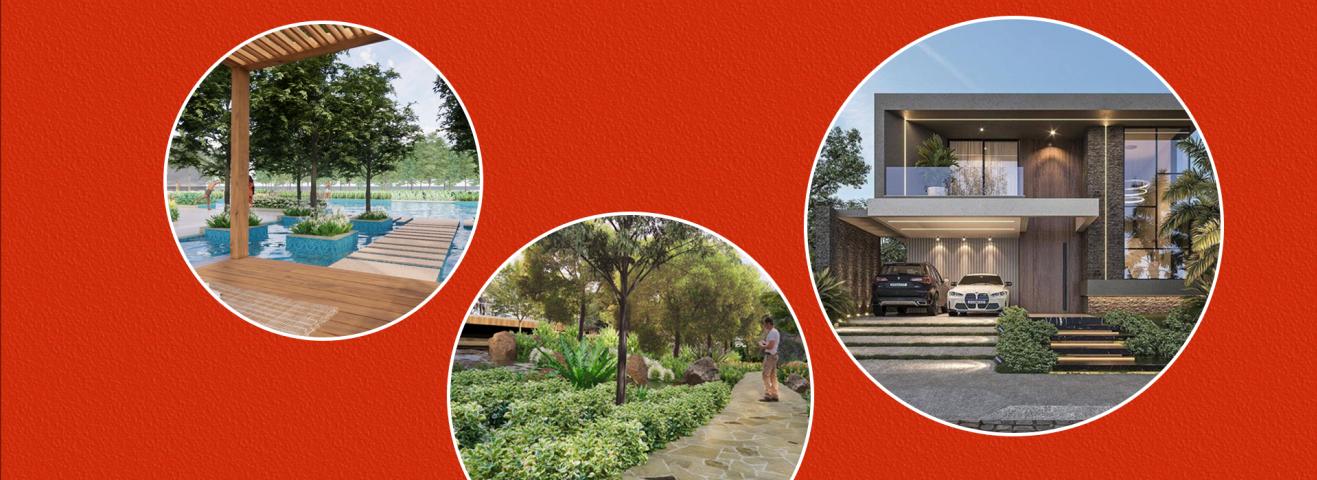Finding the best shopping mall in your city involves more than just following local recommendations or choosing the one closest to you. It requires a comprehensive evaluation based on several key factors to ensure that the mall meets your personal preferences and needs. This detailed guide will help you measure and find the best shopping mall by breaking down the essential criteria and providing practical steps for a thorough assessment.
1. Define Your Shopping Priorities
Before evaluating malls, it’s essential to clarify what you value most in a shopping experience. Your priorities might include:
- Store Variety: Do you need a diverse selection of retail stores, including luxury brands, popular chains, and specialty shops?
- Dining Options: Is having a variety of dining choices, from fast food to fine dining, important to you?
- Entertainment: Are you looking for entertainment options like cinemas, arcades, or event spaces?
- Ambiance and Comfort: Do you prefer a well-designed, comfortable shopping environment?
2. Research Potential Malls
Start your search by compiling a list of malls in your area. Utilize the following methods:
- Online Searches: Use search engines to find malls in your city and explore their official websites for detailed information about stores, dining, and amenities.
- Review Sites: Visit review platforms such as Yelp, TripAdvisor, and Google Reviews to read customer feedback and ratings. Pay attention to comments about service quality, cleanliness, and overall experience.
- Social Media: Check social media for posts and reviews about local malls. Many malls use social media to share updates, promotions, and events.
3. Assess Store Variety
A top shopping mall should offer a wide range of retail options:
- Anchor Stores: Look for malls with major department stores or flagship retailers. These anchor stores often attract more visitors and offer a broad selection of products.
- Specialty Stores: Evaluate the presence of specialty shops and unique boutiques that provide distinctive products not available elsewhere.
- Brand Mix: Ensure the mall includes a mix of high-end, mid-range, and budget-friendly stores to cater to various shopping needs.
4. Evaluate Dining Options
Dining options can significantly enhance your mall experience:
- Food Court: Check if the mall has a food court with diverse options, including fast food, casual dining, and international cuisines.
- Fine Dining: Look for upscale dining options or themed cafés that offer a more sophisticated dining experience.
- Refreshments: Consider the availability of snack bars, juice stands, and dessert shops for quick bites and refreshments.
5. Examine Entertainment and Amenities
Entertainment and amenities add value to your visit:
- Entertainment Facilities: Evaluate whether the mall has entertainment options such as a cinema, indoor amusement park, or event spaces.
- Amenities: Consider additional amenities like clean restrooms, comfortable seating areas, and child-friendly facilities, such as play zones or nursing rooms.
- Additional Services: Look for services such as concierge assistance, personal shopping, or valet parking that enhance convenience and luxury.
6. Assess Ambiance and Design
The ambiance and design of the mall contribute to your overall experience:
- Interior Design: Visit the mall to observe its interior design, layout, and décor. A well-designed mall should be visually appealing and engaging.
- Comfort: Check for features like ample seating, good ventilation, and cleanliness. A comfortable environment enhances your shopping experience.
- Atmosphere: Consider the mall’s atmosphere, including lighting, music, and general vibe. It should align with your preferences, whether it’s vibrant and energetic or relaxed and upscale.
7. Consider Accessibility and Convenience
Accessibility and convenience are crucial for a positive shopping experience:
- Location: Choose a mall that is centrally located or easily reachable by major roads and public transportation.
- Parking: Evaluate the availability and convenience of parking options, including valet services and covered parking.
- Accessibility Features: Ensure the mall is accessible to everyone, including those with disabilities. Look for ramps, elevators, and designated parking spaces.
8. Review Customer Service
Excellent customer service can significantly impact your mall experience:
- Staff Courtesy: Evaluate the quality of service provided by mall staff, including their friendliness, professionalism, and willingness to assist.
- Problem Resolution: Consider how effectively the mall handles customer complaints or issues, and whether they offer efficient resolutions.
9. Check for Events and Promotions
Events and promotions can add extra value to your visit:
- Seasonal Events: Look for malls that host seasonal events such as holiday markets, fashion shows, or cultural festivals. These events can provide unique experiences and entertainment.
- Sales and Discounts: Check if the mall regularly offers sales, discounts, or special promotions that enhance your shopping experience and offer opportunities for savings.
10. Evaluate Safety and Security
Safety and security are essential for a pleasant shopping experience:
- Security Measures: Ensure the mall has adequate security measures, including surveillance cameras, security personnel, and emergency protocols.
- Emergency Services: Check if the mall provides essential services such as first aid stations or nearby medical facilities.
11. Seek Local Insights and Recommendations
Local insights can provide valuable perspectives:
- Personal Recommendations: Ask friends, family, or colleagues for their recommendations based on their experiences with local malls.
- Local Guides: Consult local magazines, blogs, or city guides that offer reviews and rankings of shopping malls.
12. Conduct a Personal Visit
After gathering information, visit the top malls on your list to assess them in person:
- Observe the Environment: Take note of the mall’s cleanliness, atmosphere, and comfort.
- Experience the Services: Try out the dining options, entertainment facilities, and amenities to evaluate their quality.
- Interact with Staff: Engage with mall staff to gauge the level of customer service and assistance provided.
Conclusion
Measuring and finding the best shopping mall involves a comprehensive evaluation of various factors that contribute to an exceptional shopping experience. By defining your priorities, researching potential malls, and assessing store variety, dining options, entertainment, ambiance, accessibility, customer service, and safety, you can identify the mall that best meets your needs. Conducting personal visits and seeking local recommendations further refine your search, ensuring that you choose the best shopping destination in your city. This thorough approach will help you crown the top shopping mall that offers the most satisfying and enjoyable experience.















